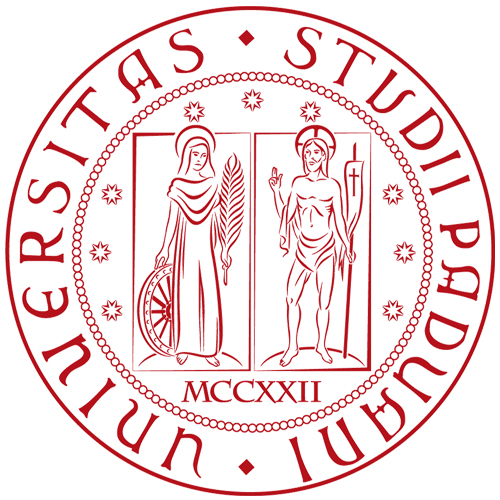PHRC034 : Dedication to Arsinoe Philadelphos, Palaipaphos - Cyprus (270-240 BC) Dedication
Permanent ID http://s.phrc.it/phrc034
Text constituted from: I.Paphos 8.
Other editions:
See also: Nicolaou 1964, p. 211, no. 22; Nicolaou 1993, p. 227, cat. j; Anastassiades 1998, p. 138, no. 8; Caneva 2014, no. 26.
Images: I.Paphos, fig. 39.
Further bibliography:
Online record: PHI
Because of its size, this block stands out from the dossier of Arsinoe’s dedications in the Paphos area and cannot be interpreted as an altar, but rather as part of a bigger structure (a wall?) or as a boundary stone indicating the limits of a part of the sanctuary of Aphrodite which was consecrated to Arsinoe Philadelphos (Caneva 2020). The only two comparable specimens for shape and size are a large block from Yalousa, in the north-east of Cyprus (Perdrizet 1896, p. 359, n° 9; Perdrizet 1906, p. 156), for which the editor proposed an interpretation as a boundary stone, and another block recently discovered near Halikarnassos (Diler et al. 2010, p. 193-194; SEG LXI 867). The most plausible interpretation is therefore that the sanctuary of Aphrodite Paphia at Palaipaphos hosted an area consecrated to the cult of Arsinoe Philadelphos, just as was the case of the sanctuary of Apollo Amyklos / Reshef Mikal at Idalion (Masson 1968, p. 400-402).



